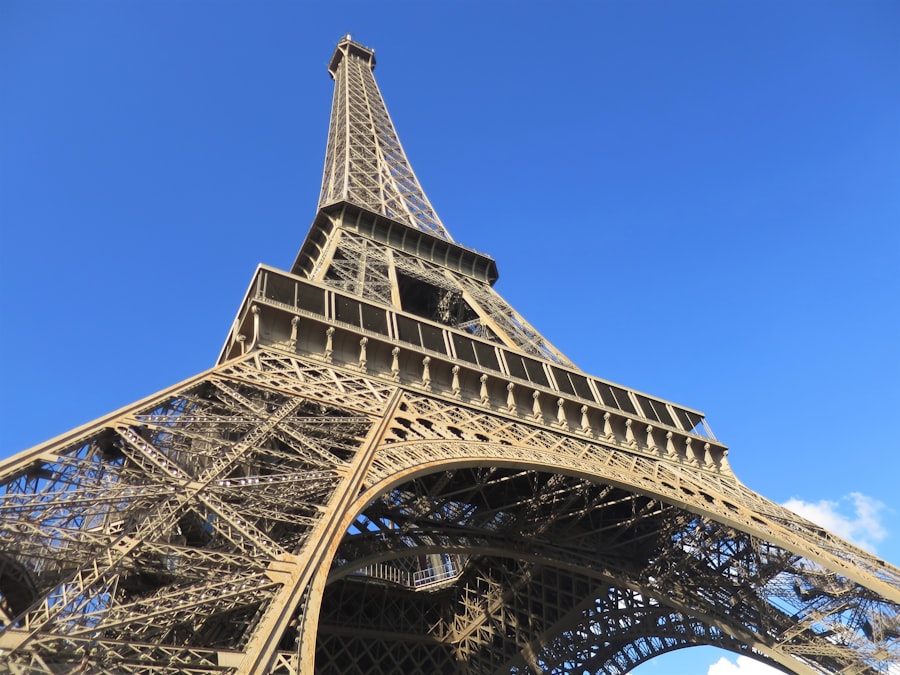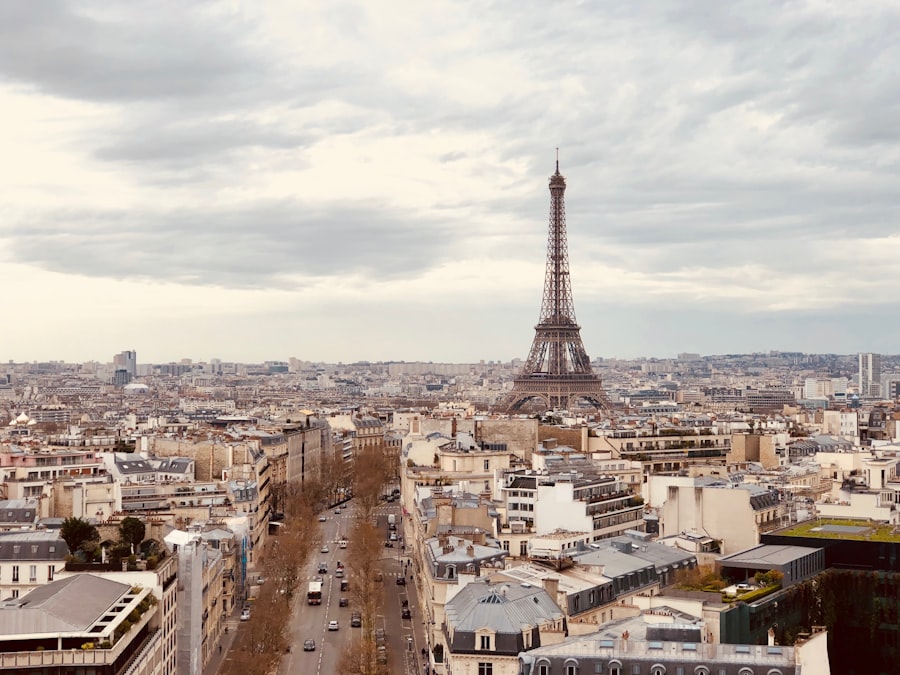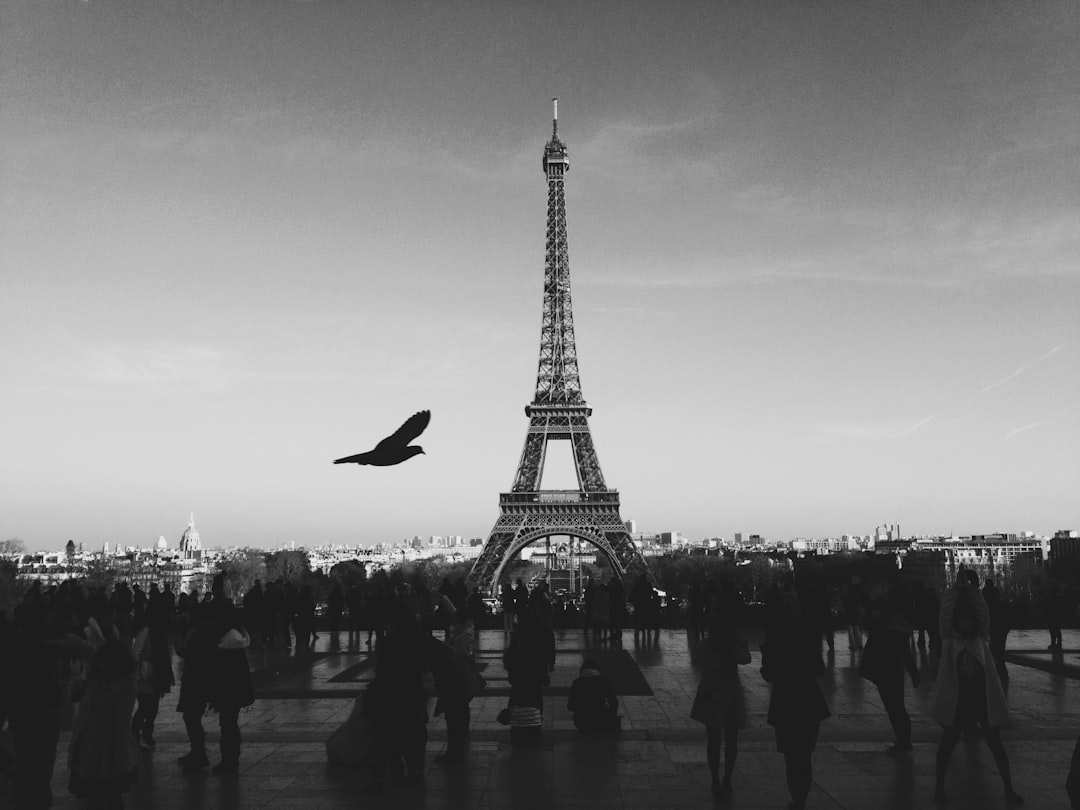Europe, a continent steeped in history and culture, offers an unparalleled array of travel destinations that cater to every type of traveler. From the majestic peaks of the Alps to the sun-kissed shores of the Mediterranean, Europe is a tapestry of diverse landscapes, rich traditions, and vibrant cities. Each country boasts its own unique charm, making it a veritable treasure trove for those seeking adventure, relaxation, or cultural enrichment.
The continent’s extensive rail network and well-connected airports make it easy to traverse, allowing visitors to experience multiple countries in a single trip. The allure of Europe lies not only in its picturesque scenery but also in its historical significance. Many cities are living museums, where ancient architecture coexists with modern life.
Travelers can wander through cobblestone streets, explore centuries-old castles, and immerse themselves in the local culture. Whether one is drawn to the romantic canals of Venice, the artistic heritage of Paris, or the vibrant nightlife of Berlin, Europe promises an unforgettable journey filled with discovery and wonder.
Key Takeaways
- Europe offers a diverse range of travel destinations, from historical and cultural attractions to beautiful natural landscapes and beach destinations.
- Historical and cultural attractions in Europe include iconic landmarks such as the Eiffel Tower in Paris and the Colosseum in Rome, as well as museums and art galleries showcasing Europe’s rich history and artistic heritage.
- Top European cities to visit include Paris, London, Rome, Barcelona, and Amsterdam, each offering unique experiences and attractions for travelers.
- Beautiful natural landscapes in Europe can be found in destinations such as the Swiss Alps, the Norwegian fjords, the Scottish Highlands, and the Greek islands, offering breathtaking scenery and outdoor activities.
- European beach destinations such as the French Riviera, the Amalfi Coast, the Greek islands, and the Algarve in Portugal offer stunning coastlines, crystal-clear waters, and vibrant beach culture for travelers to enjoy.
Historical and Cultural Attractions in Europe
Europe is home to some of the world’s most significant historical and cultural attractions, each telling a story that reflects the continent’s complex past. The Colosseum in Rome stands as a testament to the grandeur of the Roman Empire, where gladiators once fought for glory. This iconic structure not only showcases remarkable engineering but also serves as a reminder of the social and political dynamics of ancient Rome.
Visitors can explore its vast interior and imagine the spectacles that captivated thousands of spectators. In contrast, the Parthenon in Athens symbolizes the achievements of ancient Greece and its contributions to art, philosophy, and democracy. Perched atop the Acropolis, this temple dedicated to the goddess Athena offers breathtaking views of the city below.
The intricate sculptures and architectural precision reflect the values and beliefs of a civilization that laid the groundwork for Western culture. Museums such as the Acropolis Museum further enhance the experience by housing artifacts that provide context to this remarkable site. Beyond these iconic landmarks, Europe is dotted with countless castles and palaces that narrate tales of royalty and intrigue.
The Neuschwanstein Castle in Bavaria, Germany, is a fairy-tale structure that inspired Disney’s Sleeping Beauty Castle. Nestled amidst the Bavarian Alps, its picturesque setting and romantic architecture draw millions of visitors each year. Similarly, the Palace of Versailles near Paris exemplifies opulence and grandeur, showcasing the excesses of French royalty before the revolution.
Each castle offers a glimpse into the lives of those who once inhabited them, making them essential stops for history enthusiasts.
Top European Cities to Visit

When it comes to European cities, each has its own distinct personality and attractions that make it worth exploring. Paris, often dubbed “The City of Light,” is renowned for its art, fashion, and gastronomy. The Louvre Museum houses masterpieces such as the Mona Lisa and the Venus de Milo, while iconic landmarks like the Eiffel Tower and Notre-Dame Cathedral draw millions of visitors annually.
Strolling along the Seine River or enjoying a café au lait in a charming bistro encapsulates the essence of Parisian life. Barcelona offers a different flavor with its unique blend of Gothic and modernist architecture. The works of Antoni Gaudí, particularly the Sagrada Família and Park Güell, showcase a whimsical approach to design that captivates visitors.
The city’s vibrant atmosphere is further enhanced by its lively markets, such as La Boqueria, where one can sample local delicacies. The Mediterranean climate also invites travelers to relax on its beautiful beaches or enjoy tapas at outdoor terraces. Berlin stands out as a city that embodies resilience and transformation.
Once divided by the Berlin Wall, it has emerged as a cultural hub with a rich history. The remnants of the wall serve as poignant reminders of the past, while museums like the Jewish Museum and the Berlin History Museum provide insight into Germany’s complex narrative. The city’s nightlife is legendary, with an array of clubs and bars that reflect its creative spirit.
Street art adorns many neighborhoods, adding to Berlin’s reputation as a canvas for artistic expression.
Beautiful Natural Landscapes in Europe
| Country | Natural Landscape | Main Attraction |
|---|---|---|
| Scotland | Scottish Highlands | Loch Ness, Ben Nevis |
| Iceland | Golden Circle | Gullfoss Waterfall, Geysir Geothermal Area |
| Switzerland | Swiss Alps | Matterhorn, Jungfrau Region |
| Norway | Fjords of Norway | Geirangerfjord, Nærøyfjord |
| Italy | Tuscany | Val d’Orcia, Chianti Region |
Europe’s natural landscapes are as diverse as its cultures, offering breathtaking vistas that range from rugged mountains to serene lakes. The Swiss Alps are perhaps one of the most iconic natural wonders on the continent. With towering peaks like Matterhorn and Eiger, this region attracts outdoor enthusiasts year-round.
In winter, skiing and snowboarding dominate the scene, while summer brings opportunities for hiking and mountain biking along scenic trails that reveal stunning panoramas. The fjords of Norway present another striking example of Europe’s natural beauty. Carved by glaciers over millennia, these deep inlets are surrounded by steep cliffs and lush greenery.
The Geirangerfjord and Nærøyfjord are UNESCO World Heritage Sites known for their dramatic landscapes and cascading waterfalls. Visitors can embark on boat tours to fully appreciate these natural wonders or hike along trails that offer breathtaking views from above. In addition to mountains and fjords, Europe boasts picturesque lakes that invite relaxation and exploration.
Lake Bled in Slovenia is famous for its emerald waters and charming island with a church at its center. Surrounded by mountains and forests, it offers opportunities for rowing, swimming, or simply enjoying a leisurely stroll along its shores. Similarly, Lake Como in Italy is renowned for its stunning villas and gardens that line its banks, making it a popular destination for those seeking tranquility amidst nature.
European Beach Destinations
For those seeking sun-soaked relaxation, Europe offers an array of stunning beach destinations that cater to various tastes. The Amalfi Coast in Italy is celebrated for its dramatic cliffs adorned with colorful villages like Positano and Ravello. The coastline features pebbly beaches with crystal-clear waters ideal for swimming or sunbathing.
Visitors can indulge in fresh seafood at seaside restaurants while enjoying breathtaking views of the Mediterranean. The Greek Islands are another paradise for beach lovers. Santorini stands out with its iconic white-washed buildings perched on cliffs overlooking the Aegean Sea.
The island’s unique volcanic beaches offer a mix of black sand and pebbles, creating a striking contrast against the azure waters. Mykonos is known for its vibrant nightlife and beach clubs that attract party-goers from around the world. Each island has its own character, making island-hopping an enticing option for travelers.
Spain’s Costa del Sol is famous for its sunny weather and lively beach culture. Towns like Marbella and Torremolinos boast beautiful sandy beaches lined with palm trees and bustling promenades filled with shops and restaurants. Water sports enthusiasts can enjoy activities such as jet skiing or parasailing, while those seeking relaxation can unwind at beachside bars with refreshing cocktails in hand.
Unique and Unusual European Travel Destinations

Beyond the well-trodden paths lie unique and unusual travel destinations in Europe that offer extraordinary experiences. One such place is Iceland, known for its otherworldly landscapes characterized by geysers, hot springs, and volcanic craters. The Blue Lagoon is a geothermal spa where visitors can soak in mineral-rich waters surrounded by lava fields—a truly surreal experience that feels like stepping into another world.
Another intriguing destination is Transylvania in Romania, famous for its association with Dracula lore. The region is dotted with medieval castles such as Bran Castle, often referred to as Dracula’s Castle. Visitors can explore charming villages like Sibiu or Brașov while immersing themselves in local folklore and traditions that add an air of mystery to their journey.
For those seeking an offbeat experience, consider visiting the abandoned village of Pripyat in Ukraine near Chernobyl. This ghost town serves as a haunting reminder of the 1986 nuclear disaster. Guided tours allow visitors to witness nature reclaiming urban spaces while learning about the history surrounding this tragic event.
It’s an experience that combines history with an eerie sense of exploration.
Food and Culinary Experiences in Europe
Europe’s culinary landscape is as diverse as its cultures, offering an array of flavors that reflect regional traditions and ingredients. Italy is renowned for its cuisine; from pasta dishes like carbonara to wood-fired pizzas topped with fresh basil and mozzarella di bufala, each region boasts its own specialties. A visit to Bologna allows travelers to indulge in rich ragù sauce served over tagliatelle—a dish that embodies Italian comfort food.
France is synonymous with gastronomy; Paris alone is home to countless Michelin-starred restaurants alongside charming bistros serving classic dishes like coq au vin or ratatouille. The French take pride in their culinary techniques, emphasizing quality ingredients and presentation. A visit to a local market reveals an abundance of fresh produce, cheeses, and pastries—perfect for creating a picnic in one of Paris’s beautiful parks.
Spain’s tapas culture invites social dining experiences where small plates are shared among friends or family. From patatas bravas to jamón ibérico, each bite offers a taste of Spanish tradition. Cities like Seville or Barcelona are ideal for sampling these delightful dishes while enjoying local wines or sangria under the warm sun.
Tips for Traveling in Europe
Traveling through Europe can be an enriching experience if approached with some practical tips in mind. First and foremost, understanding public transportation options is crucial for navigating cities efficiently. Many European cities have extensive metro systems that are both affordable and convenient for getting around quickly.
Purchasing multi-day passes can save money for frequent travelers. Another important consideration is cultural etiquette; each country has its own customs regarding greetings, dining etiquette, and social interactions. Learning a few basic phrases in the local language can go a long way in fostering goodwill among locals—simple greetings or expressions of gratitude are often appreciated.
Travelers should also be mindful of their belongings; pickpocketing can be an issue in crowded tourist areas. Using anti-theft bags or keeping valuables secured can help mitigate risks while exploring bustling markets or busy streets. Lastly, planning ahead can enhance one’s travel experience significantly—researching attractions beforehand allows visitors to prioritize must-see sites while also considering off-peak times to avoid crowds.
Booking accommodations early ensures better options at competitive prices. With careful planning and an open mind, traveling through Europe can be an unforgettable adventure filled with discovery at every turn.
FAQs
What are the best travel destinations in Europe?
Some of the best travel destinations in Europe include Paris, London, Rome, Barcelona, Amsterdam, Santorini, Prague, and Florence.
What are the top attractions in Europe?
Some of the top attractions in Europe include the Eiffel Tower in Paris, the Colosseum in Rome, the Acropolis in Athens, the Sagrada Familia in Barcelona, and the Louvre Museum in Paris.
What are the best cities for food in Europe?
Some of the best cities for food in Europe include Paris, Rome, Barcelona, Bologna, and Istanbul. These cities are known for their delicious cuisine and culinary traditions.
What are the best destinations for outdoor activities in Europe?
Some of the best destinations for outdoor activities in Europe include the Swiss Alps for skiing and hiking, the Amalfi Coast for hiking and water sports, and the Scottish Highlands for hiking and wildlife spotting.
What are the best destinations for history and culture in Europe?
Some of the best destinations for history and culture in Europe include Athens for its ancient ruins, Rome for its historical sites, and Florence for its Renaissance art and architecture. Other notable destinations include Prague, Krakow, and Istanbul.
